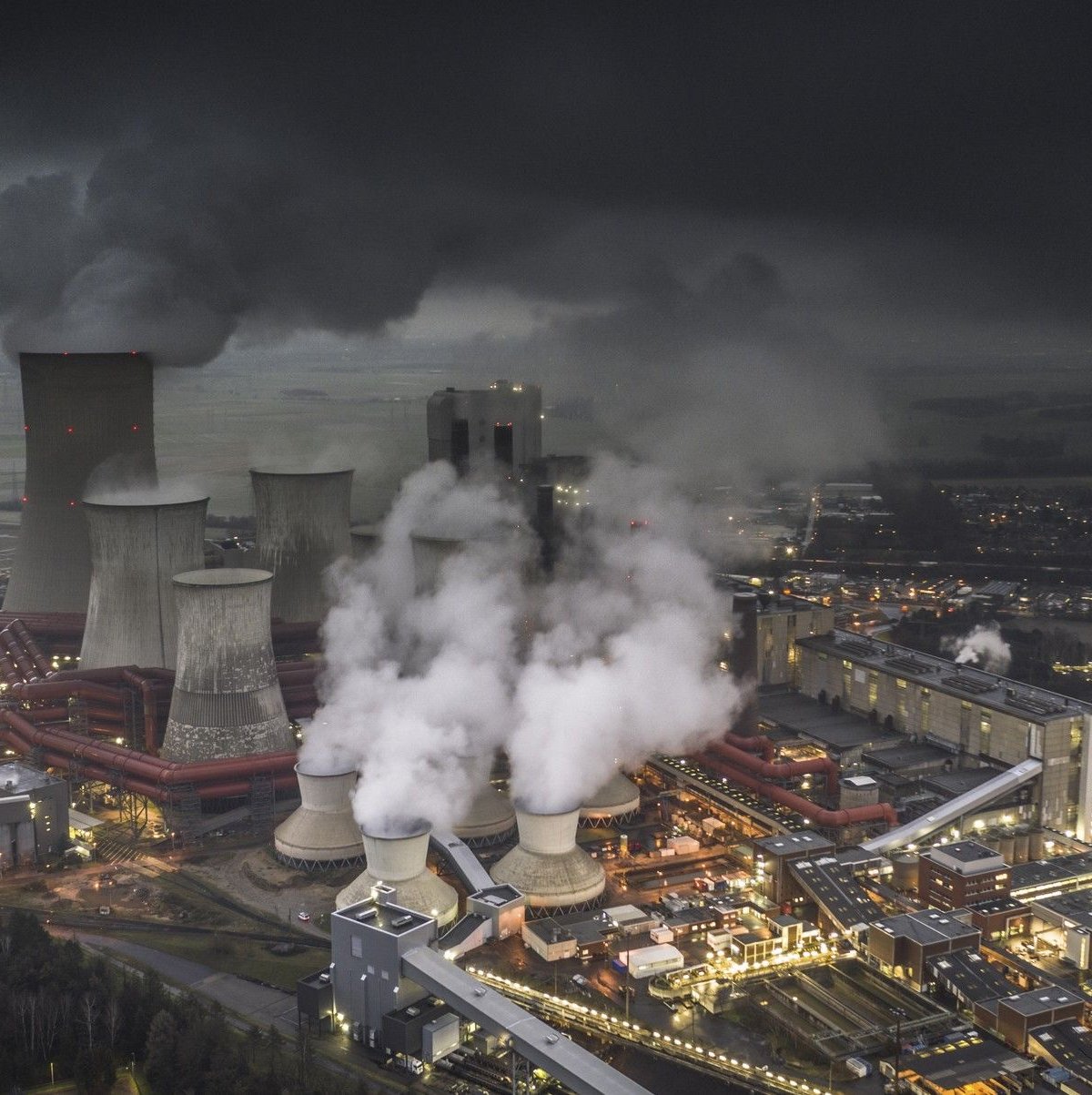The latest report from the United Nations Environment Program (UNEP) announces a devastating scenario for our planet. According to the authors, The world is heading for a 3.1 °C temperature increase by the end of this century. This “represents a real threat to the habitability of the planet and the survival of various species,” according to the document.
Emphasizing the seriousness of the situation, UN Secretary-General António Guterres warned that countries must hurry to reduce greenhouse gas emissions in a timely manner to avoid an environmental disaster. He underlines that those who will be most affected by the climate crisis will be the poorest countries and the most vulnerable populations.
Unfortunately, the last COP29 held in Baku, Azerbaijan, a country aiming to increase gas production by a third over the next decade, resulted in a pledge of US$300 billion a year in aid to the poorest countries alone by 2035. but he did not mention the issue of “fossil fuels”.
Dream and reality: Unmet goals of the Paris Agreement
In 2015, the Paris Agreement marked a historic milestone as countries around the world committed to limiting global temperature rise to well below 2°C. an even more ambitious proposal of 1.5°C above pre-industrial levels. This target is considered by experts to be vital to avoiding the most severe climate impacts.
Nine years have passed and current data reveals a more worrying scenario than previously imagined, with greenhouse gas emissions rising by 1.3% in 2023 compared to 2022. G20 countries alone are responsible for 77% of emissions; This shows that the responsibility for immediate action lies with the United States. It is the responsibility of the world’s largest economies.
This means that if current policies are maintained, the Earth will reach dangerous global warming of 3.1°C even earlier than predicted. The targets of countries’ self-imposed climate action plans by 2030 have been seriously ignored by the majority, and this can be evidenced by the rise in temperature from 2.6 °C to 2.8 °C.
Strategies and solutions to alleviate the climate crisis
UNEP did not just announce doomsday, it made some clear recommendations to deal with the crisis: 42% reduction in emissions by 2030 and 57% by 2035. These figures are not random: they are the result of scientifically valid calculations through the significant increase in renewable energy capacity, increased energy efficiency and the gradual abandonment of fossil fuels.
In this possible change scenario, technological innovation appears as a hope with the recent successes in solar, wind and hydroelectric energy. Other innovations in development that promise to reduce emissions and optimize energy use include: new battery storage technologies, smart electric grids and carbon capture systems.
At the planetary level, some strategies can also be used to increase atmospheric carbon sequestration, such as protection and restoration of natural habitats. This will contribute to greater CO2 absorption by trees and plants and carbon biomass storage in the roots, trunks, leaves and soils of forests and mangroves.
What can we do to combat climate change?

Although government actions and technology are important in combating climate change, every citizen and every community has their own share of responsibility in these actions. The first of these is the election of people committed to the climate cause as political representatives.
Then choose to consciously reduce energy consumption, minimize waste and opt for sustainable transportation solutions.
According to UNEP Executive Director Inger Andersen, even if we reach the desired 1.5 °C target, We must seek a world with zero net emissionsbecause “Every degree that can be avoided matters in terms of lives saved, economies protected, harms avoided, biodiversity preserved, and the ability to rapidly reduce any temperature extremes.”
Stay up to date with the latest data on the global climate crisis at TecMundo. Until next time!
Source: Tec Mundo
I’m Blaine Morgan, an experienced journalist and writer with over 8 years of experience in the tech industry. My expertise lies in writing about technology news and trends, covering everything from cutting-edge gadgets to emerging software developments. I’ve written for several leading publications including Gadget Onus where I am an author.













